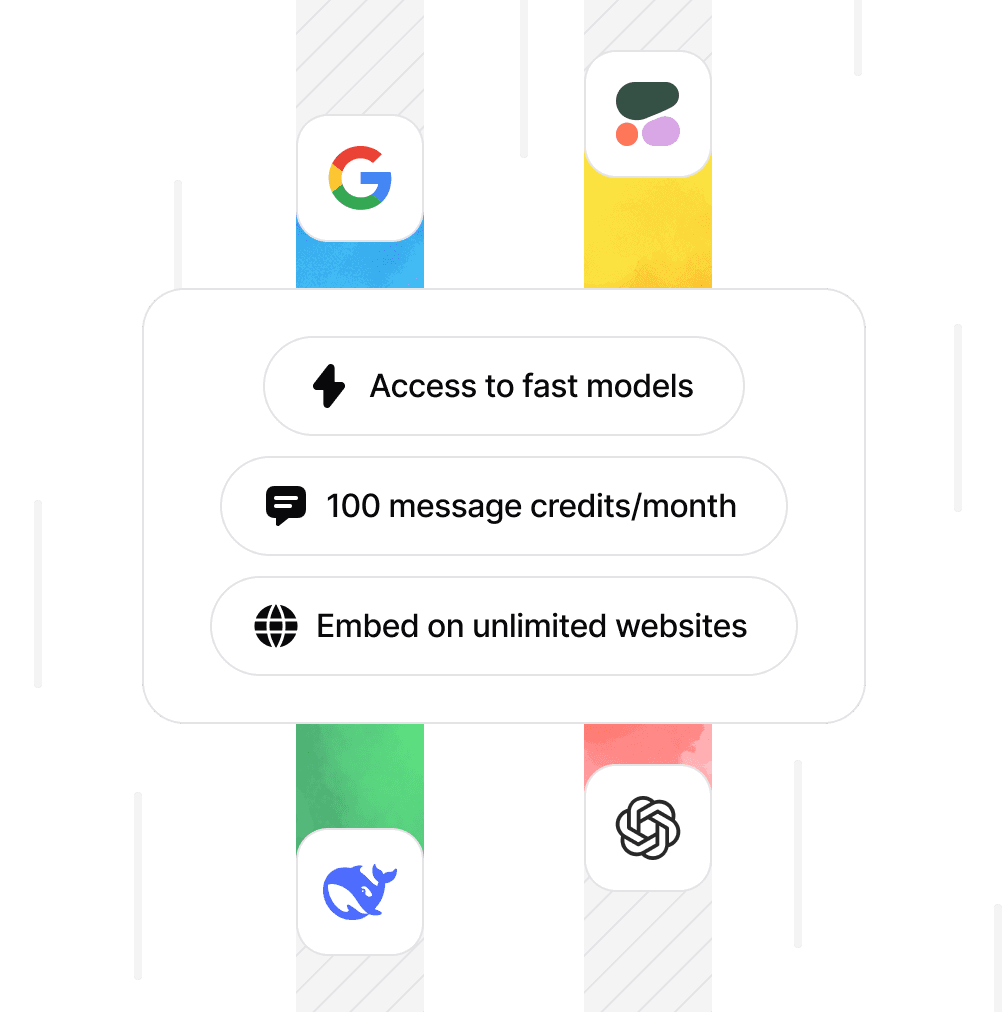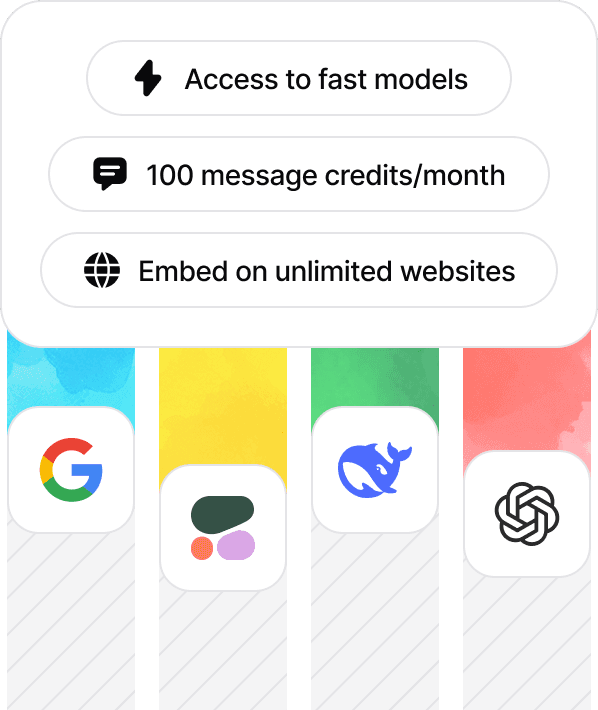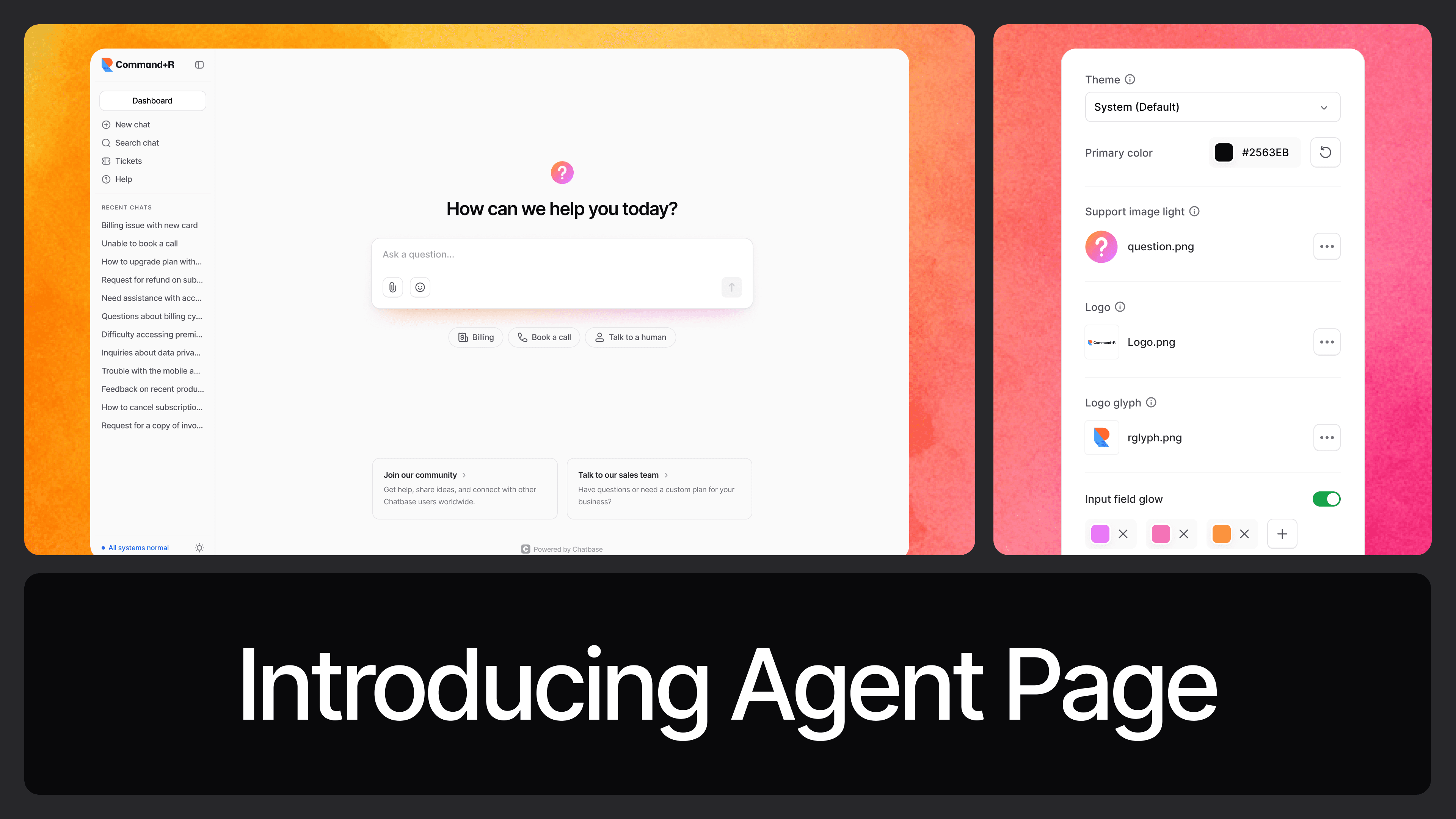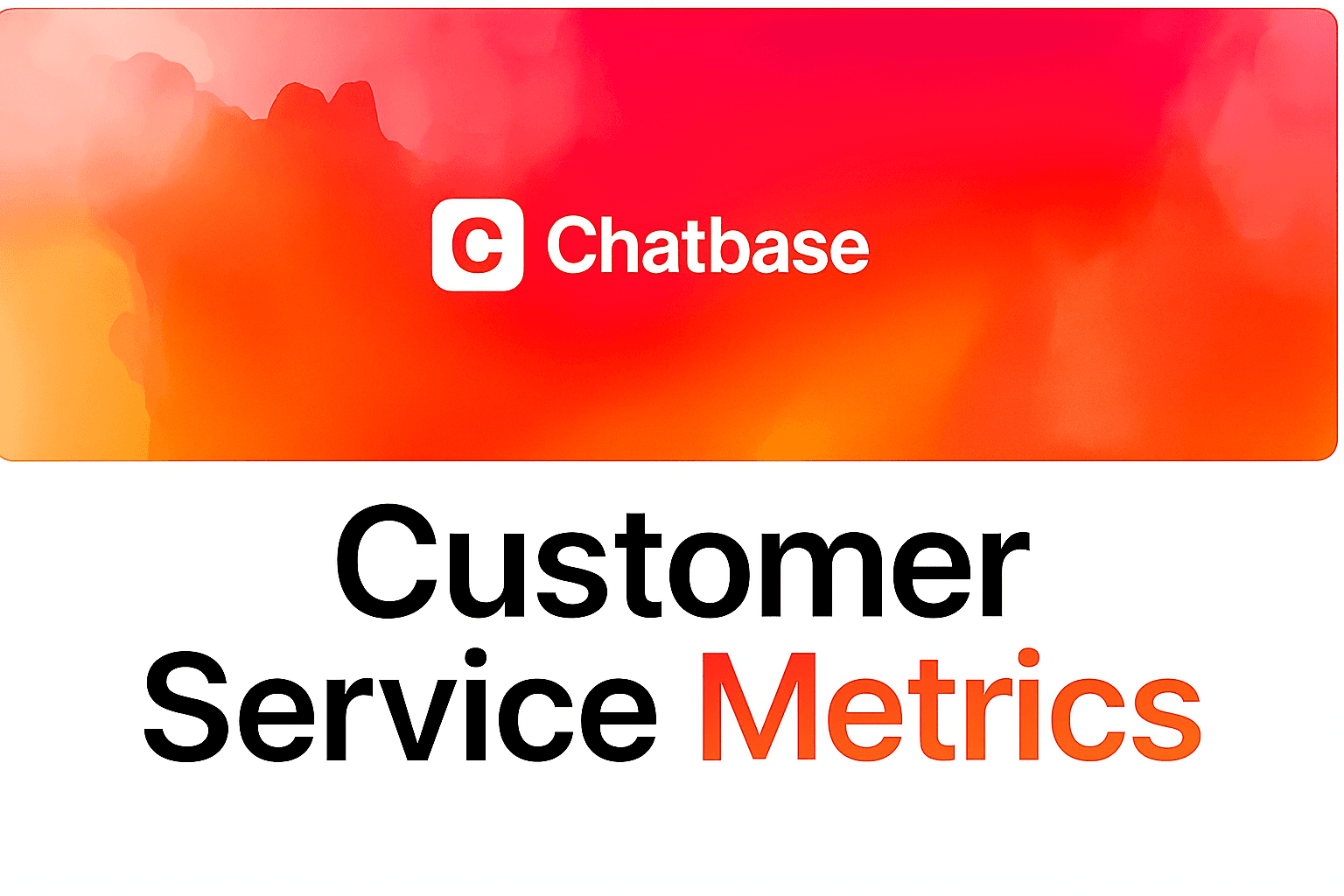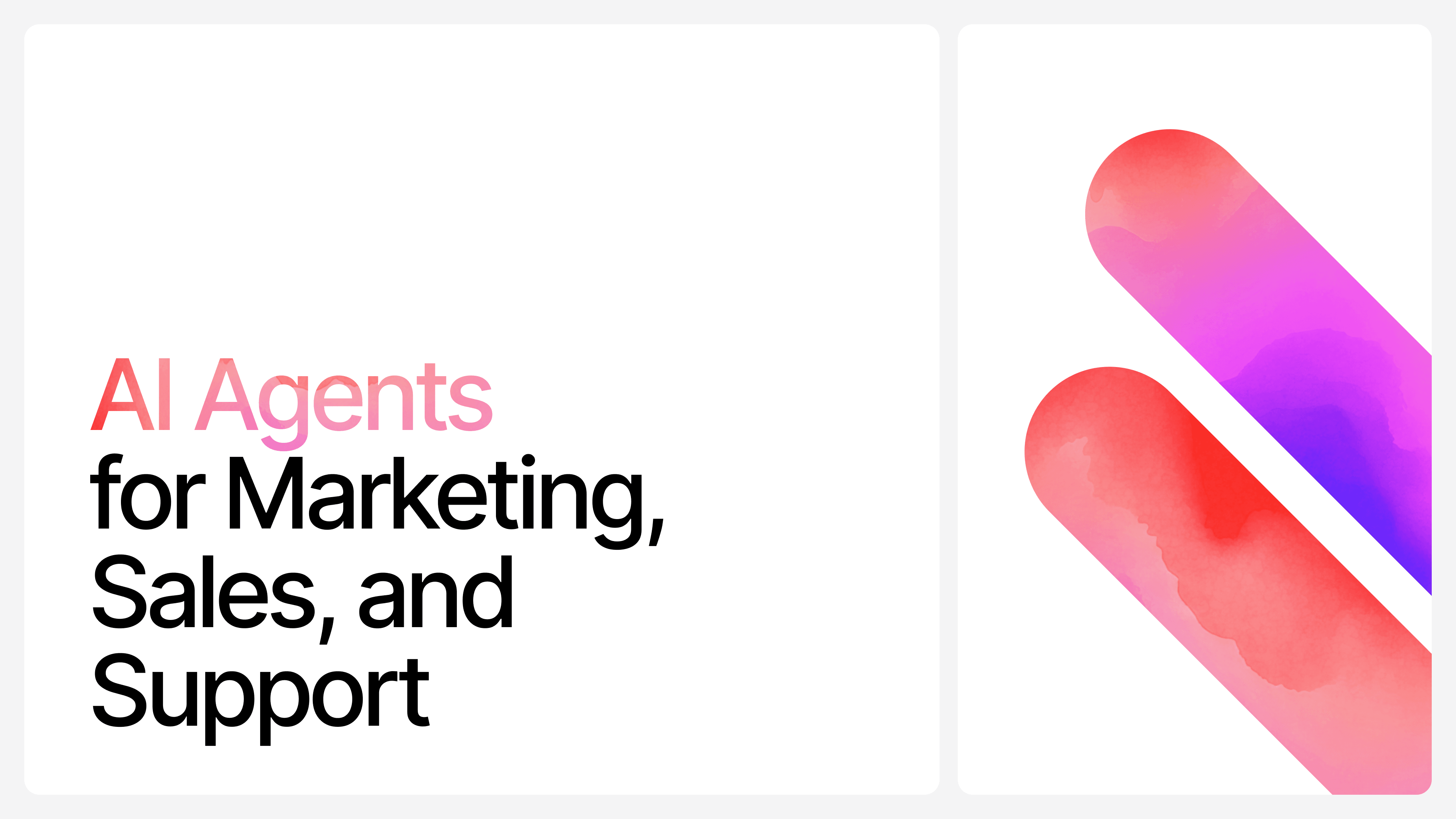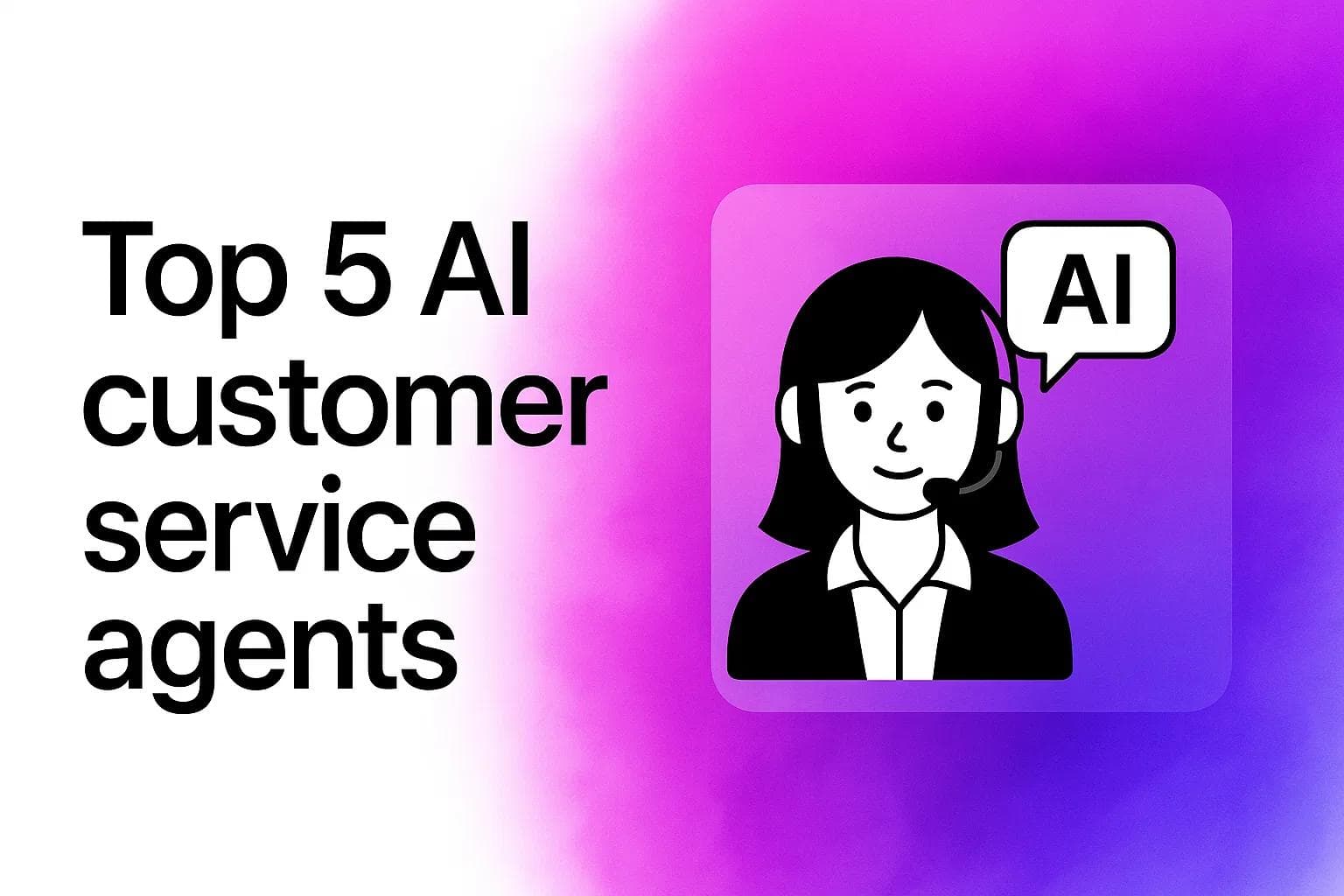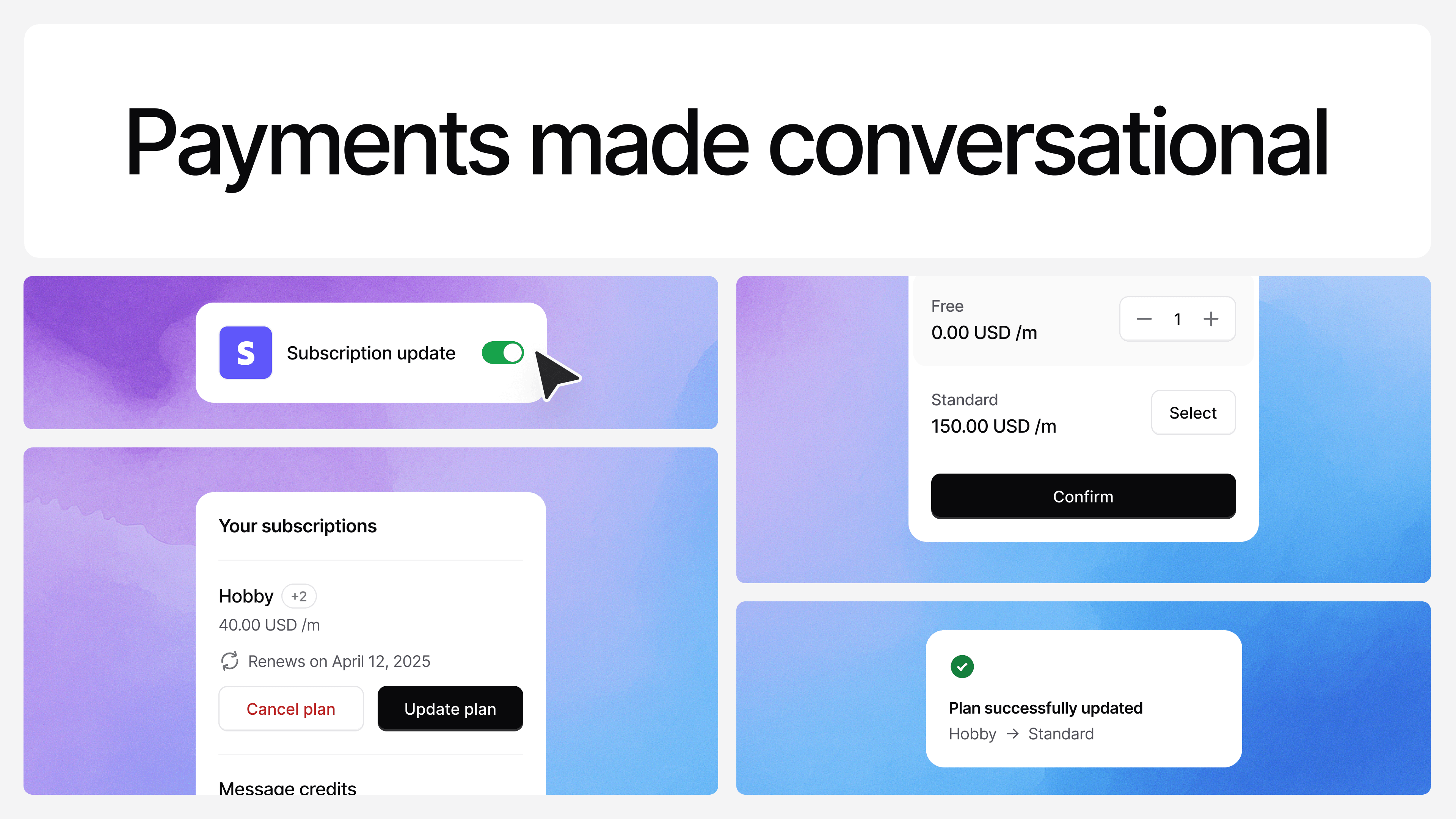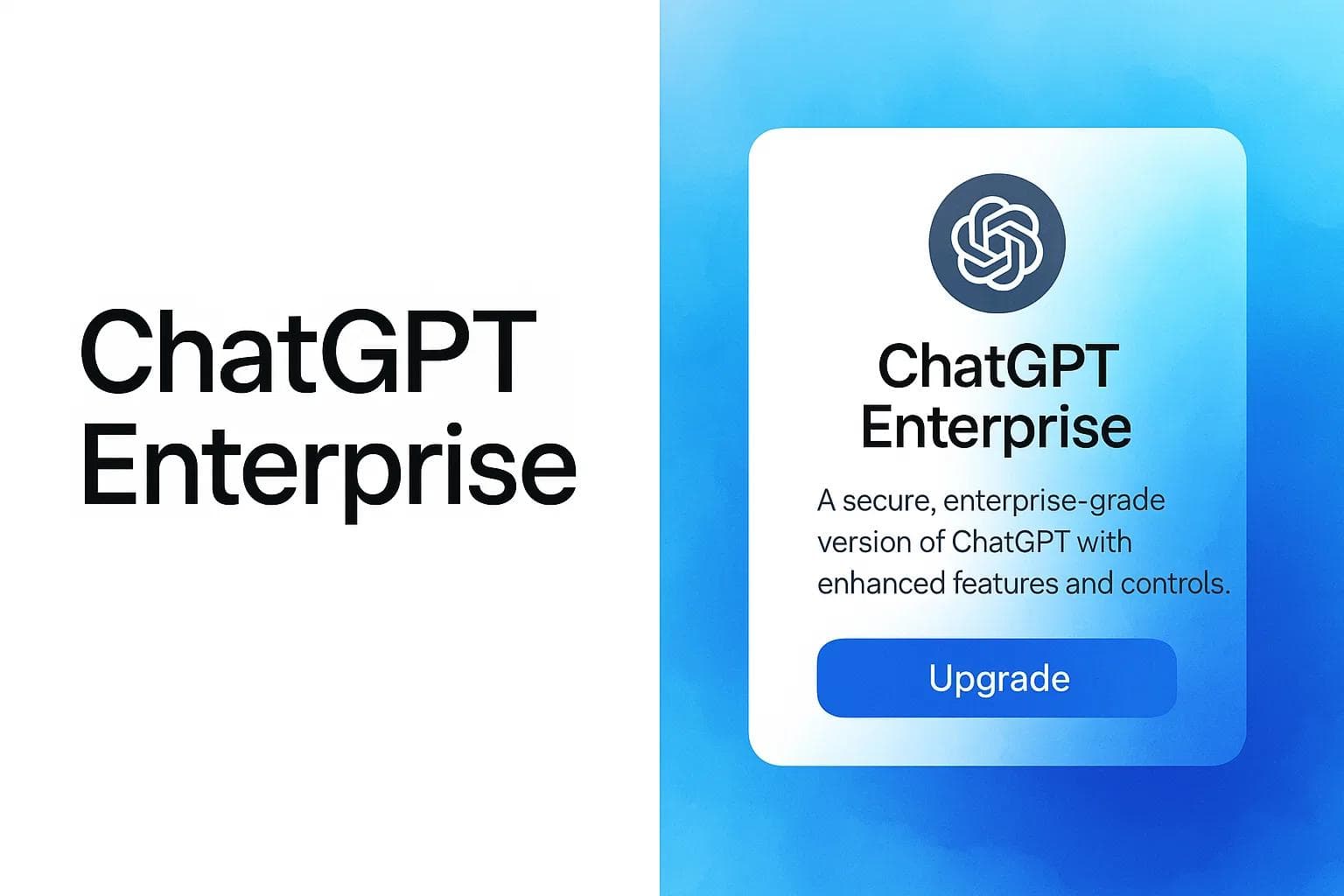GPT Chatbots: What They Are & How to Build Your Own
Ilias Ism
Jan 21, 2025
15 min read
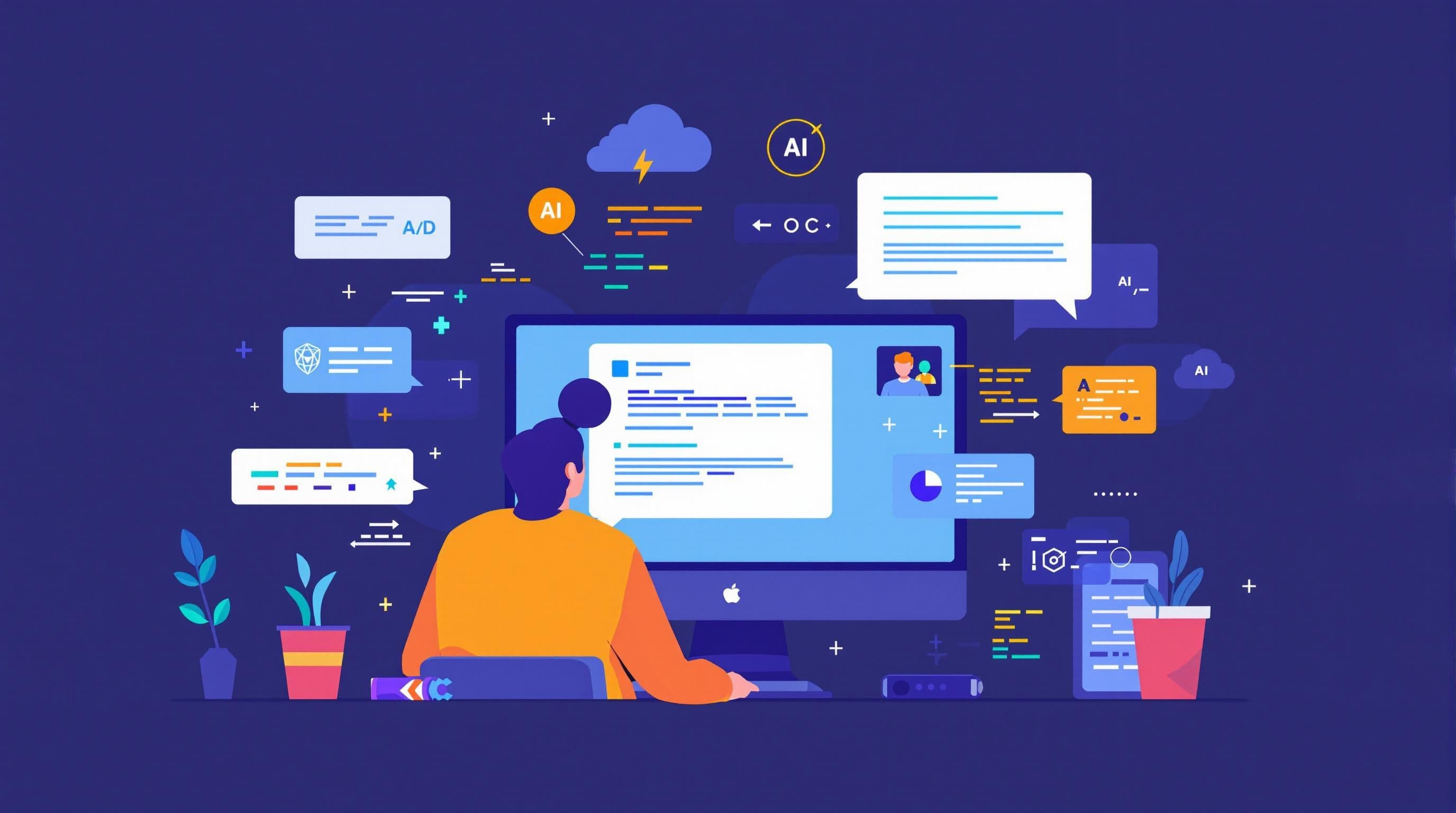
Summary by Chatbase AI
GPT chatbots use AI to generate human-like text for various tasks. Build your own with platforms like Chatbase for enhanced control, OpenAI's GPT builder, or open-source frameworks. They offer 24/7 support, boost efficiency, and personalize interactions.
The rise of artificial intelligence (AI) has brought us powerful tools that can transform the way we live and work. One of the most exciting applications of AI is the GPT chatbot.
These intelligent conversational agents are changing how businesses interact with customers, automate tasks, and provide information.
But what exactly are GPT chatbots, and how can you build your own?
What is a GPT Chatbot?
![[object Object]](/_next/image?url=https%3A%2F%2Fcdn.sanity.io%2Fimages%2Fi6kpkyc7%2Fprod-dataset%2Fb112a3612be79930d13d60ec885532b528c34b1b-617x383.png&w=3840&q=75)
A GPT chatbot is an AI-powered conversational agent that leverages a Generative Pre-trained Transformer (GPT) model to interact with users.
Unlike traditional chatbots that rely on pre-programmed responses or decision trees, GPT chatbots generate text dynamically based on the input they receive.
They are built on a type of neural network architecture called a transformer, which excels at understanding the relationships between words in a sentence, allowing for more natural and contextually relevant conversations.
Key Features of GPT Chatbots:
- Generative: They create responses in real-time instead of selecting from a fixed set of answers.
- Pre-trained: GPT models are trained on massive datasets, giving them a broad understanding of language patterns, context, and general knowledge.
- Transformer-Based: The transformer architecture allows them to analyze and generate human-like text by effectively understanding the relationships between words and phrases.
How Do GPT Chatbots Work?
![[object Object]](/_next/image?url=https%3A%2F%2Fcdn.sanity.io%2Fimages%2Fi6kpkyc7%2Fprod-dataset%2Fbc1454ffab70146510fe4b498e526b2b75102e6b-2752x1536.jpg&w=3840&q=75)
At their core, GPT chatbots use natural language processing (NLP) to understand and respond to user input. Here's a simplified breakdown of the process:
- Tokenization: The user's input is broken down into smaller units called tokens, which can be words or parts of words.
- Processing with Transformer Model: The GPT model processes the tokens using its transformer architecture. It uses self-attention mechanisms to focus on relevant parts of the input and positional encoding to understand the order of words.
- Contextual Understanding: The model leverages its pre-training on vast datasets to understand the context of the conversation.
- Generating a Response: Based on the processed input and its understanding of language, the model predicts the most likely next tokens to create a coherent and relevant response.
- Fine-tuning (Optional): To make the chatbot more specialized, it can be fine-tuned on a specific dataset related to a particular domain (e.g., legal documents, medical texts).
- Retrieval-Augmented Generation (RAG) (Optional): RAG allows the chatbot to access external knowledge sources (like documents or websites) in real-time to provide more accurate and up-to-date information.
Why Build a GPT Chatbot?
![[object Object]](/_next/image?url=https%3A%2F%2Fcdn.sanity.io%2Fimages%2Fi6kpkyc7%2Fprod-dataset%2F68b2a6514f62833f8c214258302148819f136416-2752x1536.jpg&w=3840&q=75)
The benefits of using GPT chatbots are numerous:
- Enhanced Customer Experience: They offer instant, 24/7 support, reducing wait times and improving customer satisfaction.
- Increased Efficiency: They automate routine tasks, freeing up human teams to focus on more complex issues.
- Cost Savings: They can reduce operational costs by minimizing the need for large support teams.
- Personalization: They can tailor interactions based on user history and preferences.
- Competitive Advantage: They position businesses as innovative and customer-centric.
- Multi-Channel Flexibility: They can be integrated across various platforms, including websites, social media, and messaging apps.
How to Build Your Own GPT Chatbot
![[object Object]](/_next/image?url=https%3A%2F%2Fcdn.sanity.io%2Fimages%2Fi6kpkyc7%2Fprod-dataset%2F75a55c010db447f71a78418c71ec9d56b7082373-2752x1536.jpg&w=3840&q=75)
Building a GPT chatbot used to be a complex task requiring significant coding expertise.
However, thanks to the availability of user-friendly platforms, the process has become much more accessible. Here's a general outline:
- Define the Purpose: Determine the primary function of your chatbot (e.g., customer support, lead generation, information provider).
- Choose a Platform: Several options exist, each with its own strengths:
- OpenAI's GPT Builder: For Plus and Enterprise users, OpenAI offers a no-code way to build custom GPTs. You can use natural language instructions to guide the builder.
- Chatbot Platforms (e.g. Chatbase, Botpress, Ideta): These platforms offer visual interfaces and pre-built integrations, making it easier to create, customize, and deploy chatbots without coding. Chatbase, for instance, allows you to build and deploy AI chatbots with greater control over your data and security, a key advantage for businesses.
- Open-Source Frameworks (e.g., Rasa): These provide more flexibility and customization for developers.
- Gather Data (Optional): If you want to fine-tune your chatbot or use RAG, collect relevant data such as FAQs, product information, or knowledge base articles.
- Customize and Integrate: Design the chatbot's personality, conversation flow, and integrate it with your desired channels (website, messaging apps, etc.).
- Deploy and Test: Once built, deploy your chatbot and thoroughly test its functionality. Continuously monitor its performance and make improvements based on user interactions.
Challenges and Considerations
- Data Privacy: Be mindful of data privacy regulations and ensure your chatbot complies with relevant laws.
- Hallucinations: GPT models can sometimes generate incorrect or nonsensical information. Implement safeguards like RAG to mitigate this risk.
- Ethical Use: Use AI responsibly and avoid creating chatbots that could be used for malicious purposes.
Conclusion
![[object Object]](/_next/image?url=https%3A%2F%2Fcdn.sanity.io%2Fimages%2Fi6kpkyc7%2Fprod-dataset%2F3357ec48a49b9900d6705043ed9110972c83f4b1-1188x691.png&w=3840&q=75)
GPT chatbots represent a significant advancement in AI-powered communication.
Their ability to understand and generate human-like text opens up a world of possibilities for businesses and individuals alike.
With the right platform and a clear understanding of the process, you can build your own GPT chatbot and leverage the power of AI to enhance customer experience, streamline operations, and achieve your goals.
As AI continues to evolve, GPT chatbots are poised to become even more sophisticated and integral to our digital lives.
Share this article:
